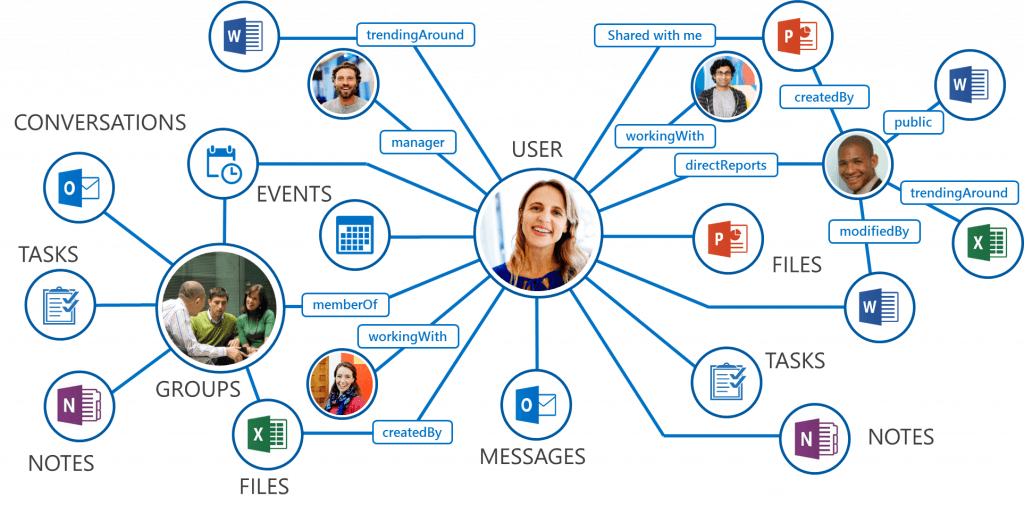Editor’s Note: This post is Part 1 in our series on AI. You can check out the others below!
- Web 3.0: How We Got Here and Why it Matters
- How AI Automation and Tasking Helps Us Collaborate Better
- Mixing Reality: The Immense Potential of AR, MR, & VR
- Embracing AI in Office 365: Why Its More Jarvis Than Ultron
Chatbot Integration: The Reason It’s the Future of the Workplace
The conversation around Artificial Intelligence continues to heat up. This technology and approach has been growing at lightening pace in the past few years; Microsoft, Amazon, and governments alike have announced very big plans and investments in AI.
There is still a bit of confusion around what AI is because hot topic terms such as Machine Learning, Neural Networks, and Deep Learning are usually thrown around with it. In this blog post I’ll use AI to refer to the solutions around making collaboration better—specifically, Office 365’s AI underpinnings in the form of Graph and Delve.

As more content heads to the cloud, especially to services such as Azure and Amazon Web Services (AWS), AI via Deep and Machine Learning techniques are being used to sort and make sense of the vast troves of data out there. Proverbial walls are being broken down by AI services so that the barriers between file shares, email, SharePoint, and chat services such as Skype are not there anymore. All of that activity is being weighted by users themselves and how they are related to others in the organization.
Office Graph is the AI behind Delve used to make connections and surface content based on user activity in Office 365. From the outset, Graph and Delve seem very beneficial because such large data sets are great for machines to crunch and discover new insights previously unattainable.

That said, AI systems are smart, but not necessarily clever. As mentioned earlier, Graph has been programmed to broadly look for relationships between data, hierarchy in the organization, search results, user activity, and other relations between content and user. This wide range of potential matches has resulted in Delve, the search result front end of Graph, getting a lot of flak from customers.
We have numerous customer reports of Delve surfacing what it thinks are popular or interesting documents: salary information lists, hire-fire lists, or personal healthcare information on people’s bosses. Whoops!

This has led some to overreact and call for Delve to be shut down. The unanticipated consequences of Graph and Delve’s capabilities not only result in the surfacing of interesting content, but also the surfacing of permissions management and compliance issues on the business side. This shows that the IT administration in any organization cannot solve content security issues alone.
Most IT administrators go for the knee-jerk reaction by either shutting off Delve or locking things away on local systems. Instead, admins should pursue a strategic shift through better end-user training, constantly refining results, and filling in gaps with partner solutions.

The onus is on the IT administration to inform the business of these options and work with them to balance the cost of such approaches. There are many ways to address this new reality; it will take a balance of software, training, and process improvement to be able to resolve the issue effectively.
To be clear, Microsoft has not stopped its development of Graph or Delve. In fact, Microsoft continues to release more API flexibility for developers in Graph. There’s really no need to fear Graph or Delve—instead, start addressing the human side of the equation. For more on working with the two programs, click here.
Want more on AI and content management? Subscribe to our blog to stay in the know!

